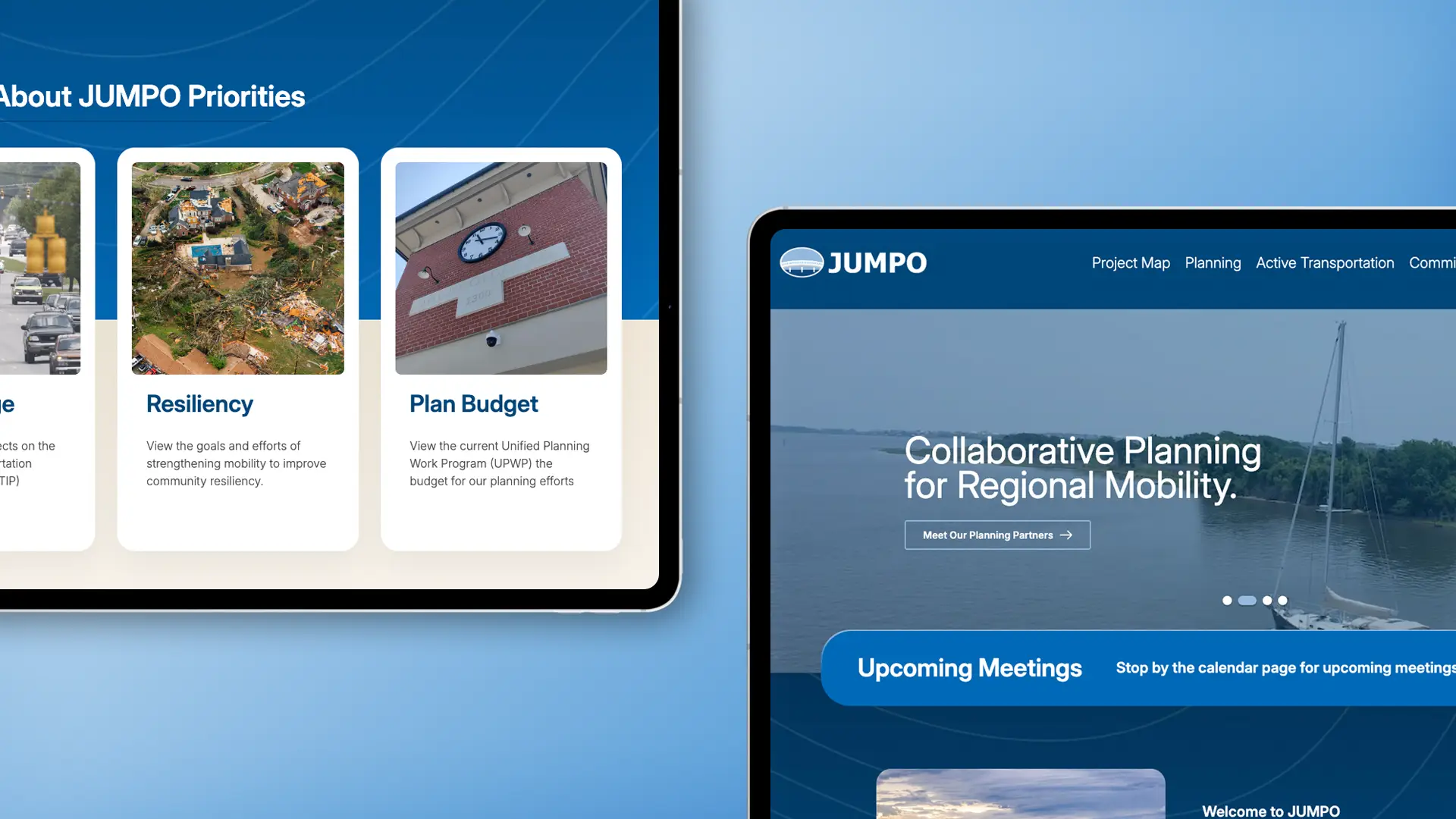By clicking “Accept All Cookies”, you agree to the storing of cookies on your device to enhance site navigation, analyze site usage, and assist in our marketing efforts. View our Privacy Policy for more information.

A Headless CMS is a modern content management system that separates the backend (where content is created and managed) from the frontend (where content is displayed). Instead of being locked into a platform like WordPress, teams log in to a dedicated CMS dashboard to create pages, update images, and manage content — all delivered to a React or Next.js website through APIs.
At Springer Studios, we integrate Headless CMS platforms to give clients flexibility, speed, and scalability — while maintaining full creative control over the design and user experience.
React and Next.js websites are known for their speed and reliability. With features like Static Site Generation (SSG), Incremental Static Regeneration (ISR), and Server-Side Rendering (SSR), your site can be cached and served efficiently from global CDNs.
The result? Faster load times, improved Core Web Vitals, and stronger SEO performance — often surpassing traditional WordPress setups.
Forget cookie-cutter themes. With a Headless CMS, developers at Springer Studios can build fully custom frontends using modern component libraries, animations, TypeScript, and design systems.
Your website’s design remains unique — not restricted by pre-built templates or outdated plugins.
Because content is managed separately, your CMS can feed multiple platforms at once — your website, mobile app, digital kiosk, or even an internal dashboard — all from one source of truth.
Headless architectures remove the public admin interface (a common attack surface in legacy CMS systems).
Your site runs as static files and serverless functions behind a secure CDN, dramatically improving security and scalability — perfect for organizations expecting growth or heavy traffic spikes.
Developers and content editors can work independently. Editors manage text, imagery, and structure in the CMS, while developers enhance the frontend.
This structure accelerates project timelines and allows easy CMS replacement in the future if needs evolve.
Headless CMS platforms like Contentful, Sanity, or Strapi enable custom content models, localization, and approval workflows — ideal for growing teams that need governance and consistency across large sites.
Modern Headless setups with Next.js Draft Mode allow editors to see instant previews of unpublished content — merging editorial convenience with developer flexibility.
While a Headless CMS offers advanced performance and flexibility, it does come with trade-offs:
If your organization rarely changes website content, Springer Studios often recommends skipping the CMS entirely for a leaner, developer-managed approach. This keeps costs lower and performance high — without unnecessary complexity.
Use Headless CMSSkip the CMSYou frequently update contentYou rarely change contentYou need multi-platform publishingYour site is simple and staticYou want faster performance and scalabilityYou prioritize lower cost and simplicityYou have multiple editors and workflowsOne person manages content occasionally
Springer Studios helps organizations create, purpose, driven digital experiences using the latest technologies. Our team builds modern React and Next.js websites that balance speed, usability, and long-term flexibility.
Whether your project calls for a Headless CMS integration or a custom React build, we guide you toward the best long-term solution — one that fits your goals, budget, and technical comfort level.